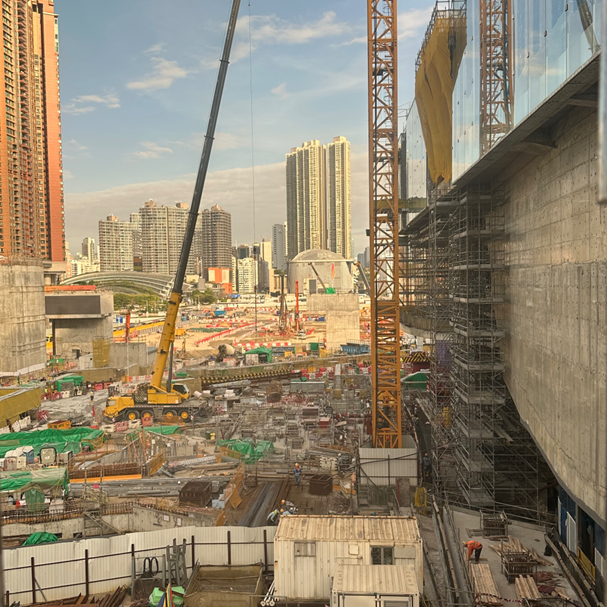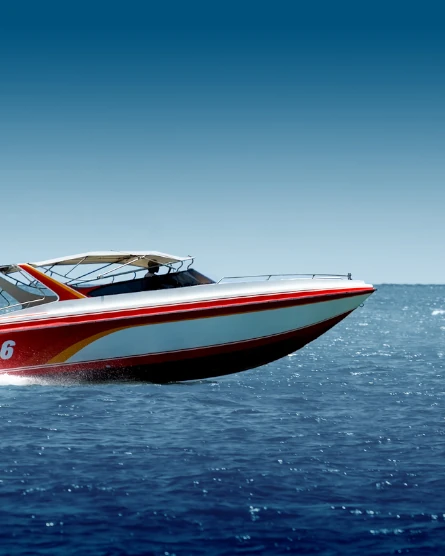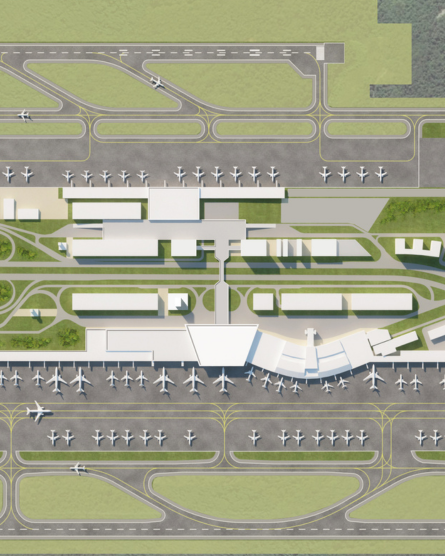What kind of project are we running?
Every large-scale project is unique, and there is no „one-size-fits-all“ approach to project execution. To ensure success, project owners and planners should clarify following key strategic questions at the project’s outset.
- What are the main goals and conditions of the project?
- Are there conflicts between goals (there usually are)? What is most important if goals clash?
- When and how will progress be reviewed? Who should take part?
- How are decisions made? Who needs to be involved?
- What expertise do we need? What kind of experience will help?
- Are there alternative strategies? Can we split the project into phases?
- How “public” is the project? Who should be involved in communication (internal teams, boards, the public)?
The Strategic Nature of These Questions
Addressing these issues is a strategic task that cannot be solely delegated to a project team. Senior management and oversight committees must engage in these discussions. The answers should be written down and communicated clearly for everyone in the project.
These insights are often more useful than the detailed admin rules we often find in project manuals. Too often, projects skip difficult discussions early on – like setting goal priorities or decision-making processes. But ignoring them almost always leads to problems later on in the process.
Two Approaches to Large-Scale Project Organization
Projects must align their organization with their complexity and conditions. Two contrasting strategies exist:
- „Speedboat“ projects, which reduce complexity and focus on efficiency.
- „Aircraft carrier“ projects, which adapt to complexity and involve extensive coordination.
Characteristics of „Speedboat“ Projects
„Speedboat“ projects maintain high efficiency despite their scale. They are characterized by:
- Strict deadlines.
- Clearly defined objectives.
- Modular structures to minimize complexity.
- Flat, fast decision-making hierarchies.
- Flexible, bureaucracy-free workflows.
- Small, skilled teams with high autonomy.

Characteristics of „Aircraft Carrier“ Projects
These projects involve many stakeholders with differing interests and often unclear initial requirements. They are marked by:
- Numerous conflicting stakeholder demands.
- Complex, custom-built designs.
- Inexperienced project teams, often working part-time.
- Slow, multi-level decision-making processes.
- Regulatory and political uncertainties.

Strengths and Weaknesses of Both Approaches
Each strategy has advantages and risks:
- „Speedboat“ projects enable high efficiency and motivation, but risk rushed decisions, limited stakeholder engagement, and lower user acceptance.
- „Aircraft carrier“ projects allow broad stakeholder integration and better long-term planning but risk excessive complexity, slow decision-making, and unclear cost and timeline projections.
Success Factors in Large Projects
From my experience, successful projects start with a clear understanding of goals, framework conditions, and decision-making structures. Some basic conditions often shape the project strategy almost automatically:
- Very tight deadlines, for any reason, always require a „speedboat“ strategy – fast, focused, and flexible.
- A high level of uncertainty in project goals (for example, if the budget and the desired scope don’t match) or in legal requirements calls for an „aircraft carrier“ strategy – slower, but more stable and prepared for changes.
- A small group of people involved, and clear decision-making power allow for a speedboat strategy. A large number of people or decision-makers makes this approach very difficult.
Top management and supervisory boards in the client organization have a special responsibility when setting up the project structure. But often, they are under strong political pressure and face many conflicting demands. Also, many of these managers do not have much experience with construction projects. Because of this, they may make important early decisions without knowing the long-term effects. This can lead to a confusing project structure and conflicting goals.


